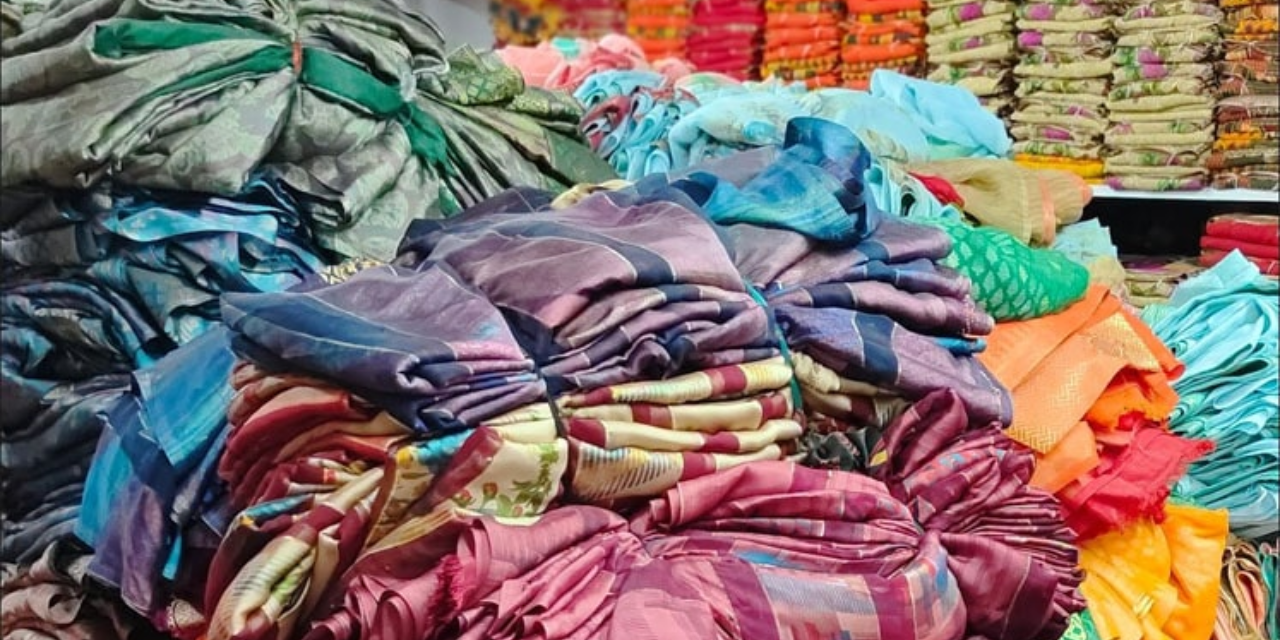According to those with knowledge of the situation, the Gujarati city of Surat’s textile sector is experiencing a financial crisis that has led to a 30- 40% decline in production. Many factory owners have also cut back on work hours to four or five days per week.
After Tiruppur in Tamil Nadu, Surat is the second-largest textile manufacturing centre in India and produces a variety of fabrics and apparel, including silk, cotton, and synthetic textiles. It employs close to two million people, many of them are migrants from states like Uttar Pradesh, Bihar, Odisha, Madhya Pradesh, as well as certain south Indian states, and has an estimated annual revenue of 80,000 crore. However, it has been dealing with a number of issues that have reduced its growth and profitability.
The crisis in the Surat textile industry will have a big effect on the local economy and the people who depend on it.
“The situation is worse than it was during the demonetization period. A few years ago, the production demand for fabric was 4.5 crore metres per day; today, it is just 2.5 crore metres per day. Due to the daily unsold stock of around 1 crore metres, production is reduced by 1 crore metres. According to Ashok Jirawala, head of the Federation of Gujarat Weavers Association (FOGWA), many factory owners had lately made sizeable investments for technology upgradation, but they are laying idle due to a lack of demand.
In Surat, there are about 50,000 textile production facilities.
“I have no idea what happened.” incorrect, whether it was declining raw material prices or weak export markets. During the monsoon, when many migrant workers return to their communities to pursue farming, business will further fall. Finding qualified workers will now become more difficult, according to Tulsian, who also serves as the president of the Pandesara Industrial Association.
People with knowledge of the situation claim that the growth in Chinese imports is one of the key elements causing the problem. For local manufacturers, it has become challenging to compete with the influx of cheaper textiles from China. Although the Chinese textiles are of poorer quality, they are substantially less expensive, which attracts many consumers. As a result, there is less demand for locally made goods. a textile mill owner from Surat claims that textiles has severely hurt the Surat textile sector. Government action in the form of a “Quality Control Order” may be advantageous to the sector in this case and should move more quickly.
The rise in production costs is another element that has fueled the crisis. Raw materials like cotton and silk are now more expensive, and labour is now more expensive as well. As a result, the entire cost of production has increased, making it challenging for the manufacturers to maintain their competitiveness.

